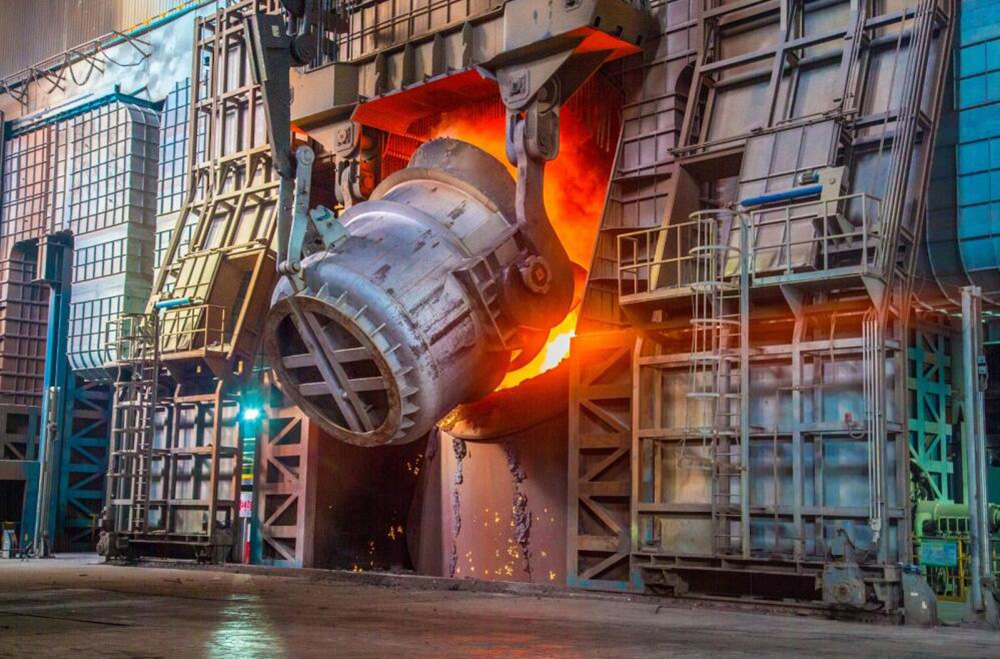News Center
How Does China Overcome High End Bearing Steel Problem?
2023-05-22
How Does China Overcome High End Bearing Steel Problem?
High-end bearing steel is a critical component in the production of precision bearings, requiring exceptional purity, consistency, and performance under extreme conditions. Historically, China faced challenges in producing high-quality bearing steel comparable to that used by global leaders in industries such as aerospace, automotive, and energy. Here's how China has been addressing and overcoming this issue:

1. Investments in Advanced Steelmaking Technologies
Vacuum Degassing and Electroslag Remelting (ESR): Chinese steelmakers have adopted advanced technologies like ESR and vacuum degassing to improve the purity and uniformity of bearing steel by removing inclusions and ensuring better mechanical properties.
Secondary Refining: Enhanced refining processes, including ladle metallurgy and argon oxygen decarburization, improve steel cleanliness and reduce non-metallic inclusions.
Continuous Casting Improvements: The introduction of precision-controlled continuous casting systems helps minimize defects such as segregation and porosity.
2. Collaboration with Research Institutions
University-Industry Partnerships: Chinese steel companies are collaborating with universities and research institutions to develop innovative steel grades and enhance existing production techniques.
Government-Sponsored Research: National programs, such as those under "Made in China 2025," focus on advancing material science and developing high-end bearing steel.
3. Material Innovation
Development of Specialty Alloys: Chinese steelmakers are experimenting with high-performance alloys, such as chromium, molybdenum, and vanadium steel, to achieve greater durability, fatigue resistance, and corrosion resistance.
Hybrid Materials: Combining traditional steel with ceramic or composite materials has led to the creation of hybrid bearings with improved performance characteristics.
4. Adoption of Stringent Quality Standards
ISO and ASTM Compliance: Chinese steelmakers are aligning their production processes with international quality standards to ensure competitiveness in global markets.
Precision Testing: Advanced testing facilities are used to inspect steel cleanliness, hardness, fatigue life, and other critical parameters.
5. Vertical Integration in Production
In-House Steel Production: Many leading bearing manufacturers in China, such as ZWZ and LYC, have integrated steel production into their operations. This allows for better control over material quality.
Partnerships with Steel Giants: Collaborations with domestic steelmakers, such as Baosteel and CITIC Special Steel, have enabled bearing companies to source higher-quality raw materials.

6. Learning from International Leaders
Acquisition of Foreign Expertise: By acquiring or partnering with established foreign companies, Chinese manufacturers gain access to advanced steel production knowledge and practices.
Recruitment of Global Talent: Hiring experts from countries with advanced steel technologies accelerates the development of high-quality steel production processes.
7. Focus on Cleanliness and Purity
Non-Metallic Inclusion Control: Efforts to minimize inclusions through strict raw material selection and improved processing techniques have significantly enhanced steel cleanliness.
Traceability Systems: Implementing traceability in steel production ensures that each batch meets specific purity and quality requirements.
8. Mass Production Optimization
Economies of Scale: The scale of China's steel industry allows for investments in advanced production facilities while keeping costs competitive.
Automation: Automation of steelmaking processes reduces human error and ensures consistency in production.
9. Government Support
Incentives for R&D: Financial support for research into high-end materials encourages innovation in bearing steel production.
Strategic Industry Focus: Bearings and bearing steel are considered key components in critical sectors like aerospace, railways, and renewable energy, driving state-backed initiatives for quality improvement.
10. Challenges and Continuous Efforts
Meeting Global Standards: Despite improvements, achieving the ultra-high purity levels required by industries like aerospace remains a challenge.
Cost vs. Quality Balance: Balancing cost competitiveness with the production of high-end steel can be difficult in a price-sensitive market.
Environmental Compliance: Ensuring sustainable and environmentally friendly steel production processes is an ongoing focus.